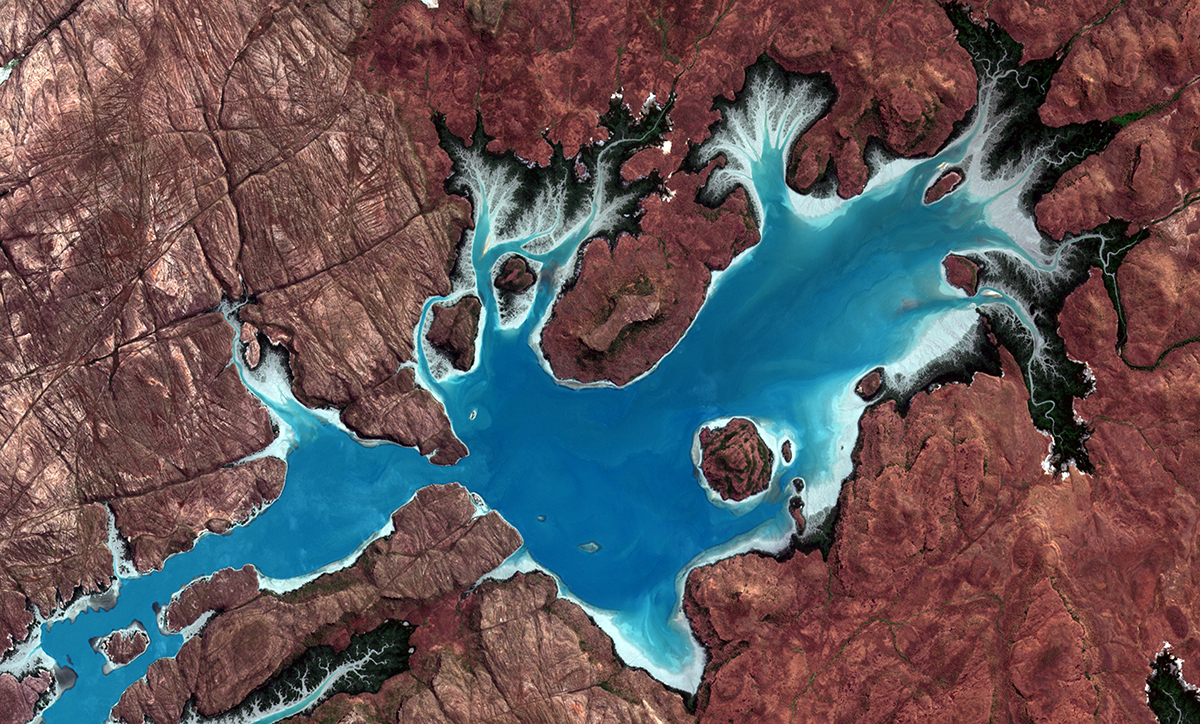News
Geoscience Australia a key partner in new National Space Mission for Earth Observation
Published:30 March 2022
Geoscience Australia a key partner in new National Space Mission for Earth Observation
Geoscience Australia will play a key role in supporting Australia’s emerging space industry, with a transformational new project announced as part of this week’s Commonwealth Budget.
Geoscience Australia will play a key role in supporting Australia’s emerging space industry, with a transformational new project announced as part of this week’s Commonwealth Budget.
“We have a proud history in Earth observations that dates back to the 1970s, but as a foundation partner in the National Space Mission for Earth Observation the team at Geoscience Australia will develop new capabilities and take our contribution deeper and further,” said James Johnson, CEO, Geoscience Australia.
Led by the Australian Space Agency; Geoscience Australia will be a key player in a whole of government approach that will develop and construct a suite of four Australian cross-calibration radiometer satellites. Our partners in this work include, CSIRO, the Bureau of Meteorology, and Defence.
“This is exciting work that will see the team at Geoscience Australia grow new expertise, taking responsibility for the data these satellites will provide, as well as operating them once in-orbit, and distributing the data to Australian users and international partners,” Dr Johnson said.
“These Australian satellites will play a unique role in the global observing system. They will fly underneath other land imaging systems to collect high-quality, consistent and comparable data.
“The satellites will give Australia the ability to compare and combine data from the many different foreign systems that are currently in space or due to be launched, and will reduce our dependence on any single foreign satellite system.”
Central to this new civilian satellite program and the work of Geoscience Australia is the development of new, more powerful applications and management tools. The benefits of Earth observation data to industry, government, and the community is already estimated at over $2.5 billion per year.
“In the hands of innovators, science, and industry, the opportunities this data offers are as big as space itself,” Dr Johnson said.
“One tangible example is that it will be feasible to provide updated and detailed crop health information to farmers and agricultural forecasters, every day or two, instead of every 8 to 10 days. Other potential areas of interest include environmental and hazard monitoring, urban planning, water quality and availability, construction, financial services, resources, weather analysis and forecasting.
“Existing programs like Digital Earth Australia have built a foundation for Australia’s digital economy. Our mission is to use the data drawn from many and varied satellite systems and create new products and services that will deliver more powerful insights for decision makers.
“My team at Geoscience Australia are already at work, and have strong relationships nationally and internationally that will be central to our success. This is a moment in time and we are ready.”
For more information explore Australian Civil Space Strategy and the Earth Observation from Space Roadmap.
Contact:
Phone:
Email:





